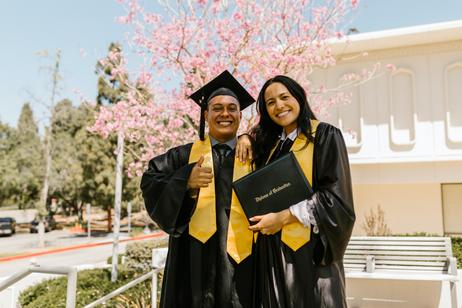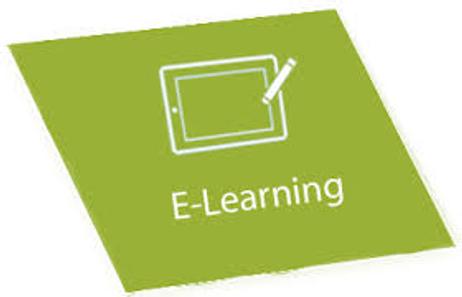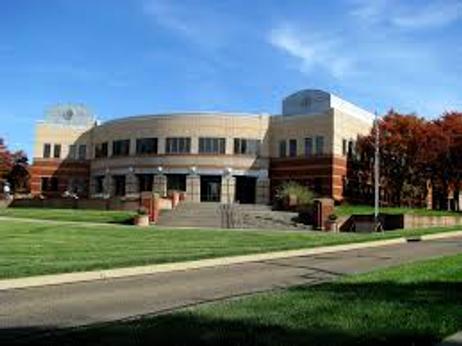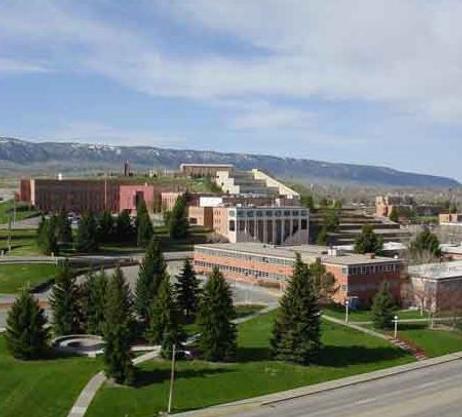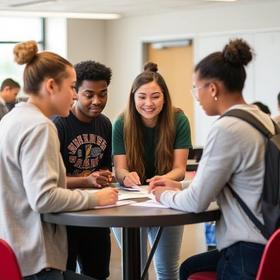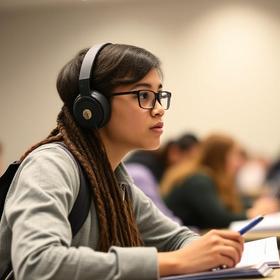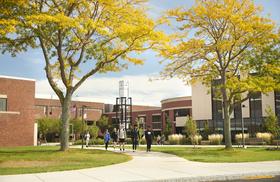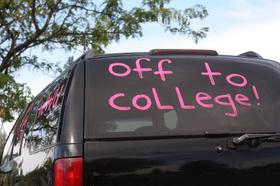Community colleges have traditionally been a means for the budget-conscious to pursue a higher education and a well-paying job after graduation. However, if the student does not finish his degree or certificate program, he gains little more than excessive debt - and no credentials to get the job he needs to pay off his school loans. In Illinois, the number of community college students in this position is alarmingly high – so much so that the state's lieutenant governor, Sheila Simon, wants to write new legislation to improve community college graduation rates over the next decade significantly.
Focus on the Finish
The new report released by Simon’s office, titled “Focus on the Finish,” provides statistics on current graduation rates at Illinois community colleges and recommendations to improve those numbers. Nearly one million students enroll in Illinois community colleges every year. According to Lt. Governor Simon’s website, the report shows that four out of five recent high school graduates in Illinois who attend community college do not earn their degree or certificate within three years.
“We’re doing a good job of getting all types of students into the doors of community colleges,” Simon stated on her website. “But now we need to do a better job of moving them across the stage at graduation with a certificate or degree that leads to a good-paying job here in Illinois.”
Simon explains that there are currently 142,000 jobs available in the state, yet thousands of

